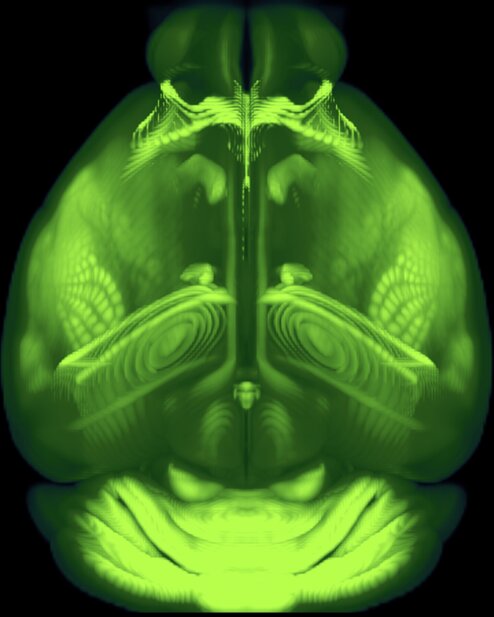A new high-resolution, 3D map of the whole mouse brain
8. 5. 2020 | Allen Institute for Brain Science | alleninstitute.org
After three years of intensive data-gathering and careful drawing, the mapmakers’ work was complete. The complex terrain they charted, with all its peaks, valleys and borders, is only about half an inch long and weighs less than a jellybean: the brain of the laboratory mouse. In a paper published today in the journal Cell, the Allen Institute mapmakers describe this cartographical feat — the third iteration of the Allen Mouse Brain Common Coordinate Framework, or CCFv3, a complete, high-resolution 3D atlas of the mouse brain.
The framework is meant to be a reference point for the neuroscience community, its creators said. Mice are widely used in biomedical research. Their brains contain approximately 100 million cells each across hundreds of different regions. As neuroscience datasets grow larger and more complex, a common spatial map of the brain becomes more critical, as does the ability to precisely co-register many different kinds of data into a common 3D space to compare and correlate.

Think of it as the neuroscience equivalent of your phone’s GPS. Instead of manually searching for your location on a paper map based on what you see around you, the GPS (and the new brain atlas) tells you where you are. With datasets in the thousands or millions of different pieces of information, that common set of coordinates — and pinpointing the corresponding brain landmarks for those coordinates — is crucial. The researchers said future iterations of the atlas will likely rely on machine learning or other forms of automation, rather than the laborious manual curation that went into the current version.
Read more at Allen Institute for Brain Science
Image Credit: Allen Institute for Brain Science
-jk-




